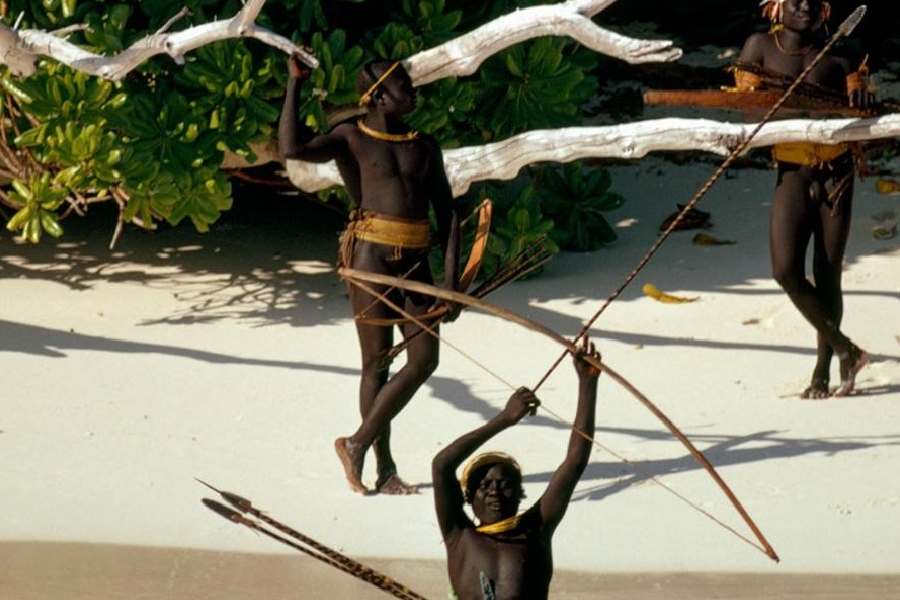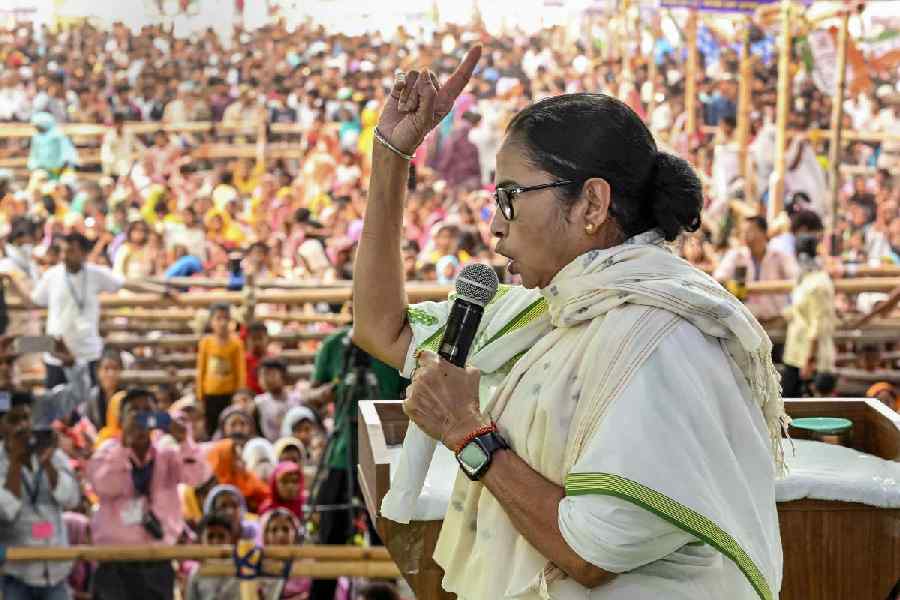Book: THE LAST ISLAND : A STORY OF THE ANDAMANS AND THE MOST ELUSIVE TRIBE IN THE WORLD
Author: Adam Goodheart
Published by: Juggernaut
Price: Rs 699
Contrary to the authorial claim, this is not the first full-length book on the North Sentinel Island that has been published. It aspires to be one, but is not. The Last Island is about the Andamans, with descriptions thrown in of Onge and Jarawa tribes. It is also about the changing configurations of ‘contact’ between the mainland and the relatively insular islands of the Andamans ever since the British decided to establish the Ross Island penal colony in 1858 to jail prisoners, mostly convicts from the Indian rebellion of 1857.
But the Andaman islanders have been an intimate part of the colonial anthropological imagination as evidenced by A.R. Radcliffe-Brown’s full-length ethnographic monograph. The islanders have evidently fascinated explorers and discoverers and been the subject of many an expedition, including ones by anthropologists and administrators. Goodheart captures this tangled history well in his highly readable prose wherein interrelated themes of race, place, empire-building and the nation state appear out of necessity.
The cumulative narrative remains welded to 19th-century colonial anthropology and its subsequent desi avatar, endlessly debating contrasting isolationist and integrationist policy approaches of the Indian State. The last chapter, “Sources and Addenda”, a kind of annotated bibliography, is the most admirable part of this travelogue detailing both published literature and archival sources. Goodheart should also be credited with bringing back Maurice Vidal Portman — a British colonial official who was almost obsessed with the Andamans — to life. He has given us some newly-discovered material to contextualise Portman’s engagement with the islands.
In a way, the book is a story of Goodheart’s two visits to the Andamans in 1998 and 2020, respectively. It documents the changes witnessed by the author in the social and the spatial landscapes of these islands — from the mystique of a Sentinelese bow to the laying down of under-water optic fibre cables, from being an ethnological curiosity for a few to being a popular tourist destination for a burgeoning middle class, from a colonial outpost to a place of pilgrimage for patriotic Indians. Goodheart deserves our appreciation for his axiomatic belief that the Andaman Islands, including the North Sentinel, do not exist outside of history or “that their history somehow began at the moment they were discovered.” Despite Goodheart’s historical acuity, his white American privileged self peers out occasionally of his otherwise limpid prose. For example, while describing his offer of six thousand rupees to buy an antique tribal bow, he writes, “it was the first sum that came into my head, but I knew it was more than most Indians earned in a month.” Is this then a contemporary geopolitical rendition of what colonial anthropology did to classify and hierarchise people in the 19th and the 20th centuries?










